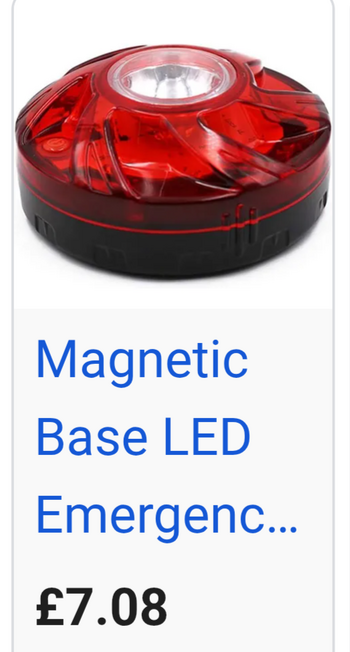INEOS has made it clear that their view is as above, i.e., by virtue of Para 6.12.1 parking lights are optional so the vehicle is compliant with UNECE R48, and further dialogue is not going to be forthcoming. Unfortunately R48 does not explicitly state whether or not position lamps must work with the ignition/engine off and the car parked and ultimately I think this comes done to a question of interpretation of Paragraph 2.7.22 and its definition of the term "parking lamp" - "a lamp which is used to draw attention to the presence of a stationary vehicle in a built-up area. In such circumstances it replaces the front and rear position lamps".
To me this is ambiguous, taken in conjunction with Para 6.12.1 (that parking lights are optional) my interpretation is that the optionality does not refer to the presence of illuminated lamps on a stationary vehicle but rather to the method of their provision, i.e., the vehicle must be lit but this could be by means of optional parking lamps instead of the position lamps. Clearly INEOS's interpretation is different, and neither they nor I are qualified nor in a position to make a definitive interpretation.
I have written both to the DVSA and to the IVS(DfT) for guidance but have not yet received even as much as an acknowledgement.
If anyone on here reading this who has some way to contact someone with influence and authority in INEOS's managament felt so inclined as to ask if they would be happy leaving their Grenadier unlit at the roadside in the dark and that building a car on which absolutely no exterior lighting other than the hazards works when the engine is stopped is a good (and responsible) idea, I would encourage them to do so.
My ramblings ...
Parking after dark:
I did some searching around and it is a legal requirement in most countries to switch on parking/side/position lights when road parking after dark in low visibility.
This applies to most US states, Canada, France, Australia, New Zealand, Germany, Ireland (limit of my language skills). Noting it is fairly common in the US for these lights to only operate with the ignition on.
UNECE Vs country regulations:
If a vehicle was type approved under UNECE then that type approval is accepted in most countries signed up to UNECE automatically. That effectively overrides the 1989 lighting regs.
UK MOT
As it stands the IG will not get a clean MOT test, this is an extract of the testing protocol
"Vehicles don’t need to be fitted with position lamps, or they can have such lamps permanently disconnected, painted over or masked. In this situation you will receive an advisory notice. These vehicles don’t need end-outline marker lamps."
As an aside, the rear right light is obscured with the right door open. Quite common for 4x4 manufacturers to add some additional lights in the bumper to meet the position lights regs.
So it seems likely that a clean MOT pass will not be given, but it will not be a fail.
It will be interesting turning up at a dealer with the advisory certificate and insisting on the problem being rectified.
Other options:
Lights could be added to the vehicle. Provided these were appropriately marked this would be legal (except for Spain, where nothing can be added to your vehicle)
Magnetic red and white battery lights could be carried in the vehicle for parking

I doubt if these would 100% legal.
My takeaway:
As previously discussed there will be virtually no reader of this forum who can legally park the vehicle after dark on a non-urban low visibility roadside.
I don't believe Ineos are planning to change this.





